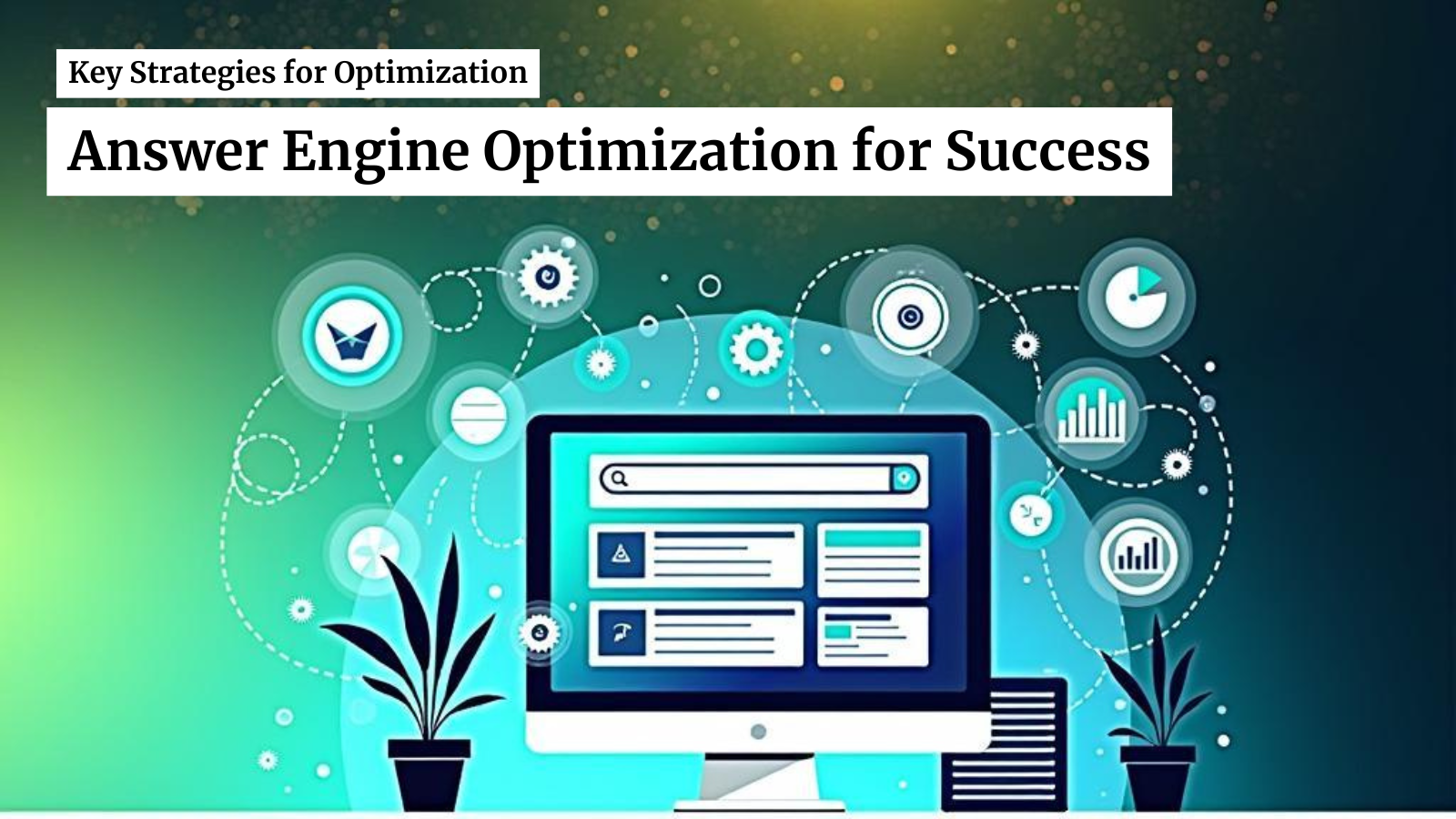
Search engines are changing fast. Instead of scrolling through pages of results, more people now ask AI tools for quick answers. This shift is giving rise to something called Answer Engine Optimization (AEO). It’s a way of shaping your content so that AI tools pick it up and use it directly when giving responses.
In this guide, we’ll break down what AEO means, why it matters, and how you can use it to make your content more visible in today’s search world.
What Is Answer Engine Optimization?
Answer Engine Optimization is similar to regular SEO, but with a twist. Instead of only trying to get your website link high on search results, AEO focuses on creating content that AI assistants, chatbots, and voice search tools can easily read and share.
Think of it like this: SEO gets you to the top of Google’s list. AEO gets your answer spoken aloud by Siri, Alexa, or Google Assistant—or shown directly in ChatGPT or Bing Chat—without the person even clicking a link.
Why AEO Matters Now
AI tools like ChatGPT, Microsoft Copilot, and Google’s AI Overview are changing how people search. Many users no longer want to visit ten different websites just to find a single fact. They ask a question and expect the answer instantly.
That means if your content isn’t structured for quick, clear answers, you risk being left out. On the other hand, if your content is well-optimized for AEO, you can still get noticed even when AI gives the answer on its own.
In a recent Business Insider article, some publishers shared that traffic from search is dropping, but those who adapted to AEO found new ways to stay visible.
How AEO Works in Real Life
Here’s a simple example.
Traditional SEO method:
If you wrote an article about indoor plants, you might aim for a headline like “Best Indoor Plants for Beginners” and hope to rank high on Google.
AEO method:
You would still write that article, but early on, you’d include a clear sentence like:
“The best indoor plant for low light is the snake plant because it can survive with little sunlight and water.”
That short, direct statement is exactly what AI tools are looking for when deciding what to show users.
Four Ways to Make Your Content AEO-Friendly
1. Answer the Question First
Put the most important answer in the first sentence or two. AI tools pull this directly for their responses.
2. Use a Simple Question-and-Answer Format
If your content is broken into sections with questions as headings, it’s much easier for AI to find relevant answers.
3. Back It Up with Reliable Sources
When possible, include a link to a trusted site like Wikipedia. It shows that your answer is based on verified information.
4. Make It Easy to Scan
Use headings, bullet points, and short paragraphs so the important parts stand out.
Balancing Active and Passive Voice
A mix of active and passive voice keeps writing natural.
- Active: “Writers shape articles so AI can pick out quick answers.”
- Passive: “Quick answers are provided by writers for AI to display.”
This balance ensures that your writing doesn’t sound overly stiff or robotic.
The Benefits of AEO
When you optimize for AEO, you’re opening the door to several advantages:
- Higher visibility in AI-driven search tools.
- More trust from readers when your answer appears as the go-to choice.
- Resilience against falling website traffic from traditional search.
For small businesses, even one or two top answers in AI tools can lead to more brand recognition and credibility.
The Challenges You Might Face
While AEO is powerful, it’s not a quick win. You may need to:
- Rework older content.
- Learn new ways of writing and structuring articles.
- Test and track results over time.
Since AEO is still fairly new, best practices are evolving. What works today may change in the next year.
AEO and SEO: Better Together
Some people think AEO will replace SEO, but that’s not true. SEO is still important for traditional searches. The real magic happens when you use both.
For example:
- SEO gets your article ranking on Google.
- AEO makes that same article the chosen answer in an AI tool.
By combining them, you reach people no matter how they search.
Looking Ahead
AI is becoming part of everyday life. Whether someone is asking their phone for a quick fact or using a chatbot for research, the demand for instant answers will only grow. Businesses that prepare now will have a clear advantage in the coming years.
The key is to keep your content simple, direct, and structured so AI tools can pick it up. It’s not about writing longer it’s about writing smarter.
Final Words
Answer Engine Optimization isn’t a trend; it’s a natural step in how search is evolving. By learning how to give clear, well-structured answers, you can make sure your voice is still heard in an AI-driven world.
If you start now, you’ll be ahead of the competition when more people switch to AI search as their first choice.
Pingback: Superior E-Learning Platforms Are Reshaping How We Learn and Work - coreguideai
Pingback: AI in the Digital Classroom: How Students Are Learning in New Ways - coreguideai